Guided Walking Tour
The Pompeii site extends on a surface of approximately 160 acres. To make the best of your time, Leisure Italy offers qualified guided service.
The following is a suggested itinerary for our private guided walking tour: let us know would there be any special request!
In Pompeii, you will first admire the city walls, dating back to the pre-roman Pompeii (4 centuries BC). One of the best-preserved ancient gates is called Porta Marina. It connected Pompeii with its port, with a path for charts and one for people.
Once in town, you will be walking on the original road made of basalt stone (volcanic rock), and you will notice on the ground hundreds of little white spots made of travertine used to reflect torchlight (nowadays “cat’s eye” on the driving roads).
Your attention will be captured by big blocks of basalt emerging from the road: they were stepping stones used by pedestrians to avoid getting wet when it rained; differently from other Roman towns, Pompeii didn’t have a complete sewer system because the city was built on top of a lava platform too hard to be worked.
The city center is called Forum. It hosts all the buildings with a public function: Religion (the Temple of Apollo, the Capitolium and the Temple of the Emperor), Trade (the meat and fish market called Macellum, the textiles market headed by a priestess named Eumachia), Administration (the Basilica) and Politics (Comitii). Other facilities in the Forum were exchange offices, public restrooms and a public scale (tabula mensurae) where to compare and weigh farmer’s products. In the Forum, you will also see a display of the famous human casts.
Close to the Forum were public Bath-Houses where both men and women (in different sections), poor and wealthy, free persons and slaves could access daily hygiene. Pompeii had three such complexes in town plus two more right outside town, and they all had the following facilities: a changing room (apodyterium), a tepid room (tepidarium), a hot room (calidarium) and a Gym (Palestra).
You will notice several places fronting the road with large vases built in a masonry counter: this is what the Romans called popinae, today’s taverns! These jars were full of food and beverages, and many ancient Pompeians would stop in such places for lunch.
You will recognize some of the Bakeries of Pompeii, with their ovens and grinding machines: incredible but true, some round carbonized loaves of bread were found during the excavations. These are on exhibit at the Archaeological Museum of Naples, together with more carbonized organics such as almonds, pine cones, figs, dates, etc.
Your visit would be incomplete without the red light district: the Brothel (Lupanare) shows an interesting display of roman frescoes featuring several erotic images!
Do not miss the chance to discover Pompeii’s places for public performances: an outdoor Theatre (for comedy and tragedy), an indoor theatre (Odeion, for mimes and declamation of poetry) and a big Amphitheater (for games like gladiators or beast fights). You shall visit at least one of those places.
After the tour at Pompeii, you could stop for a few minutes for a fresh-squeezed orange juice or to browse the souvenir shops if you wish.
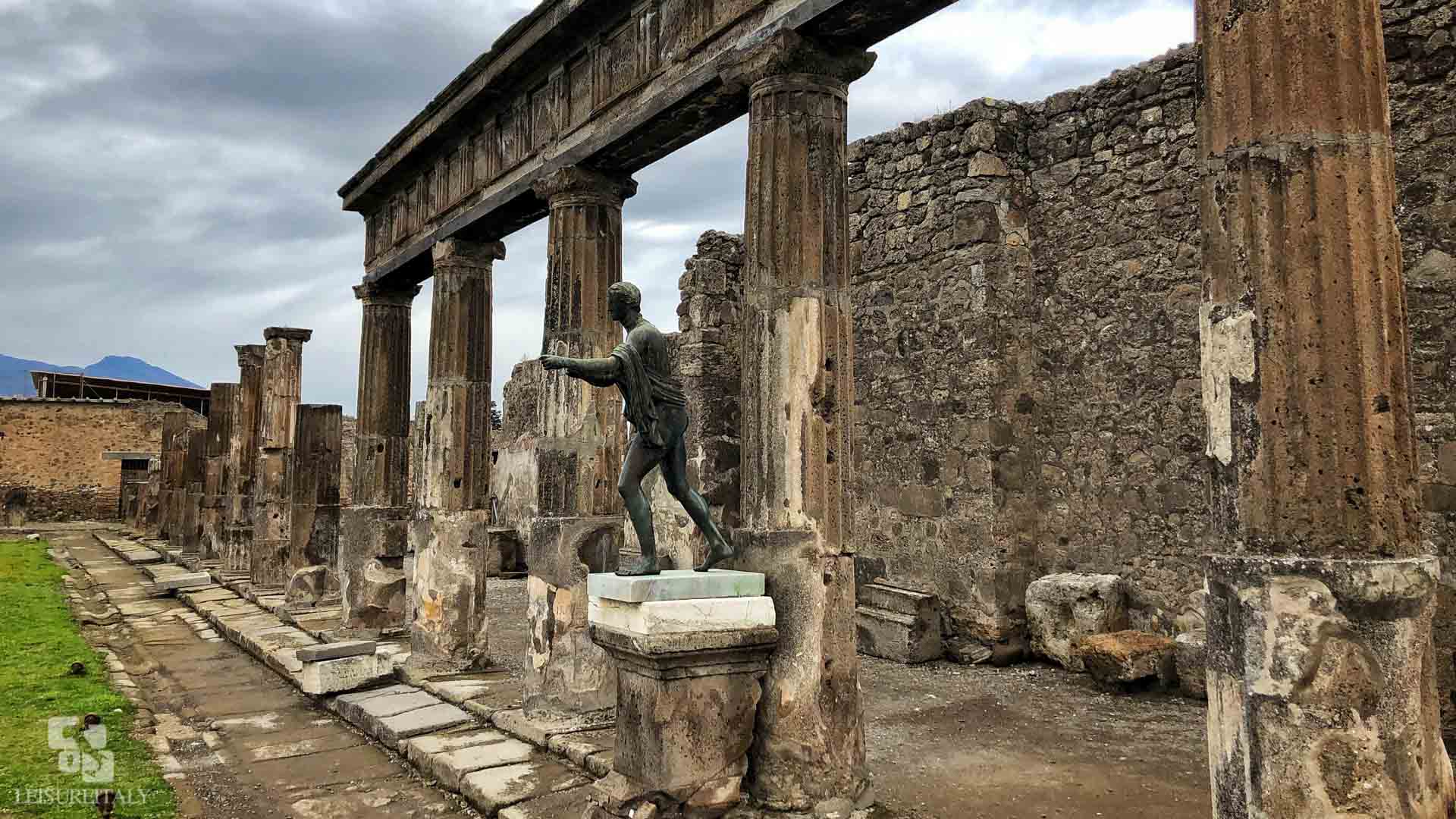
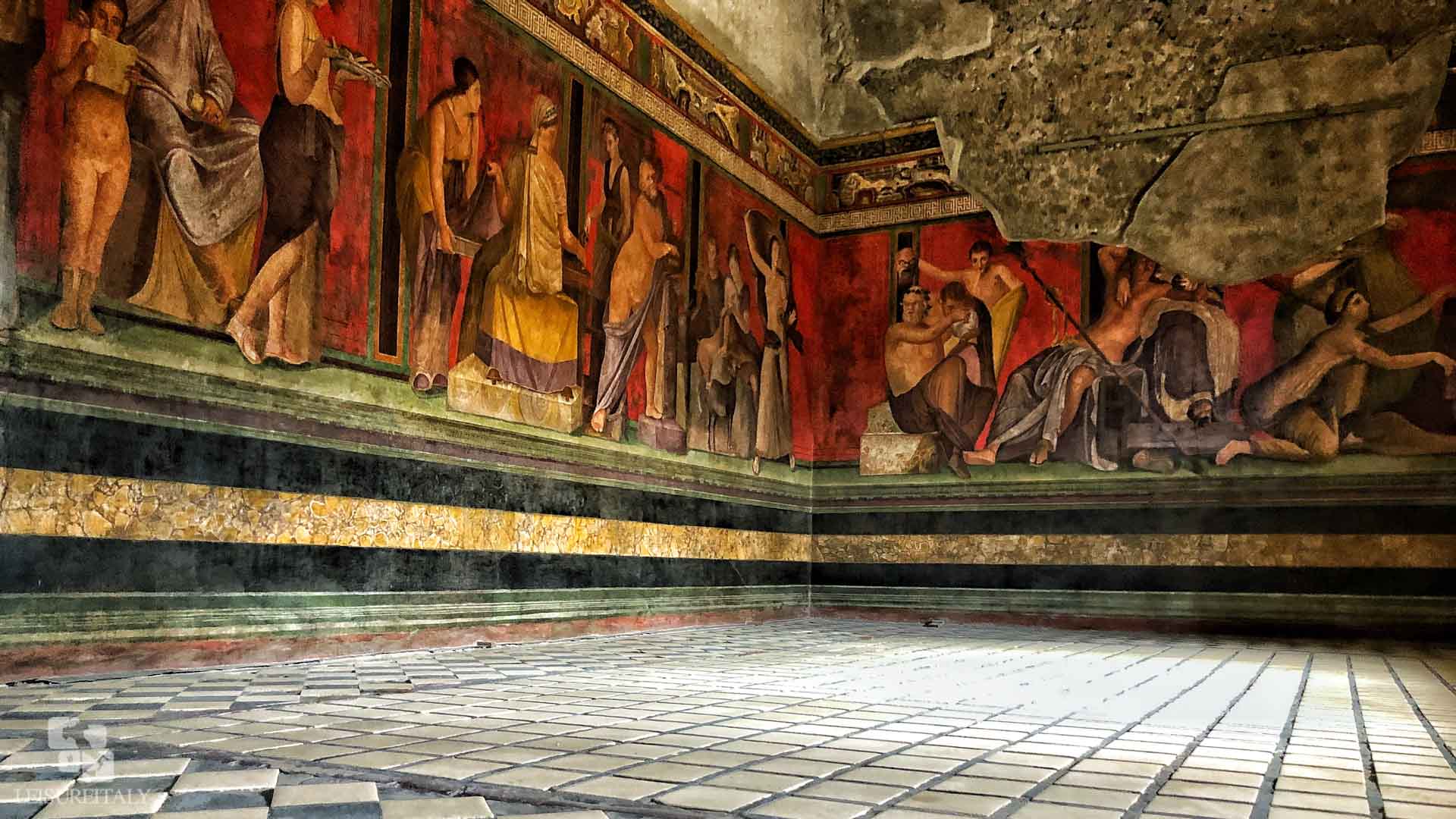
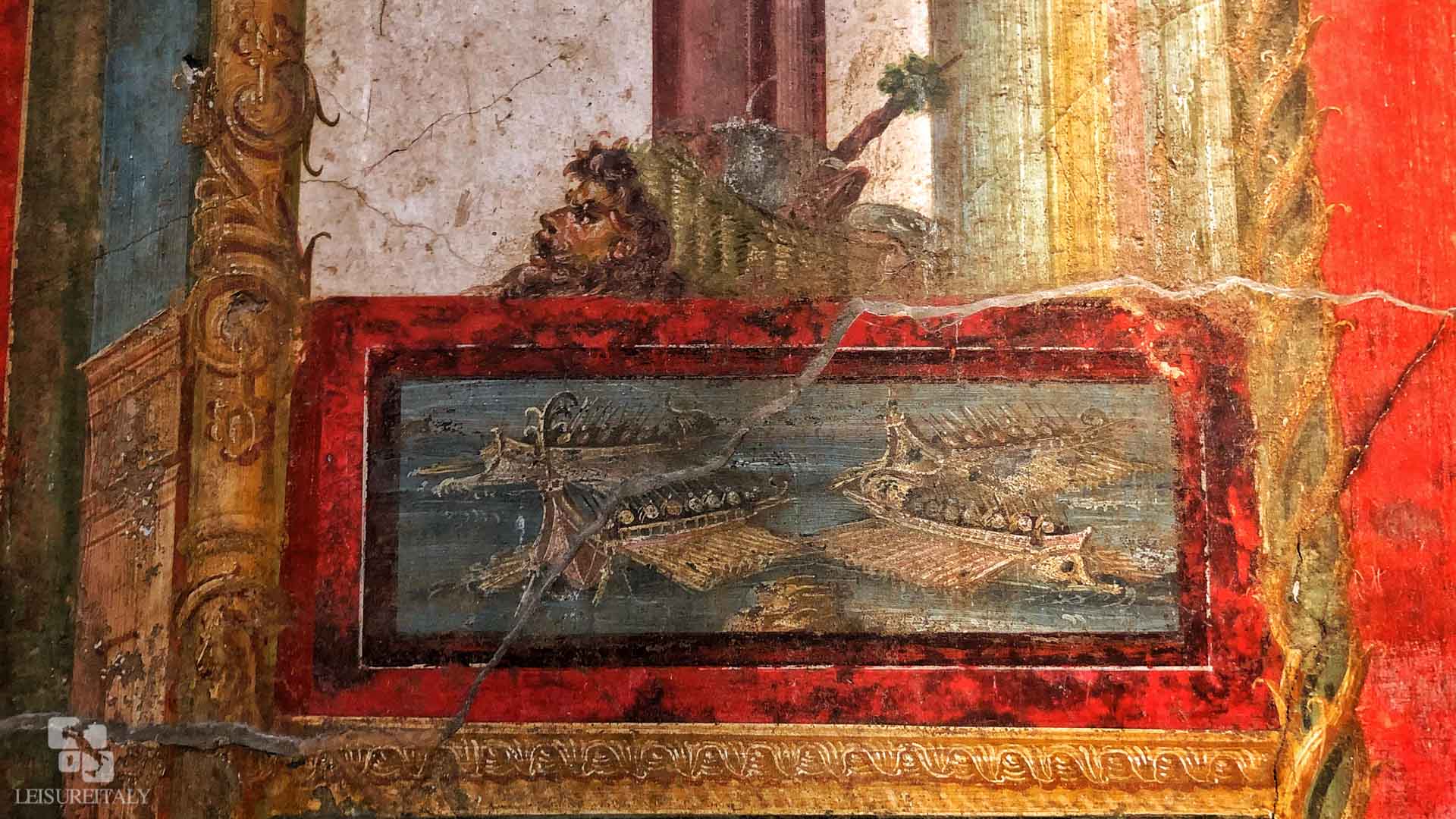
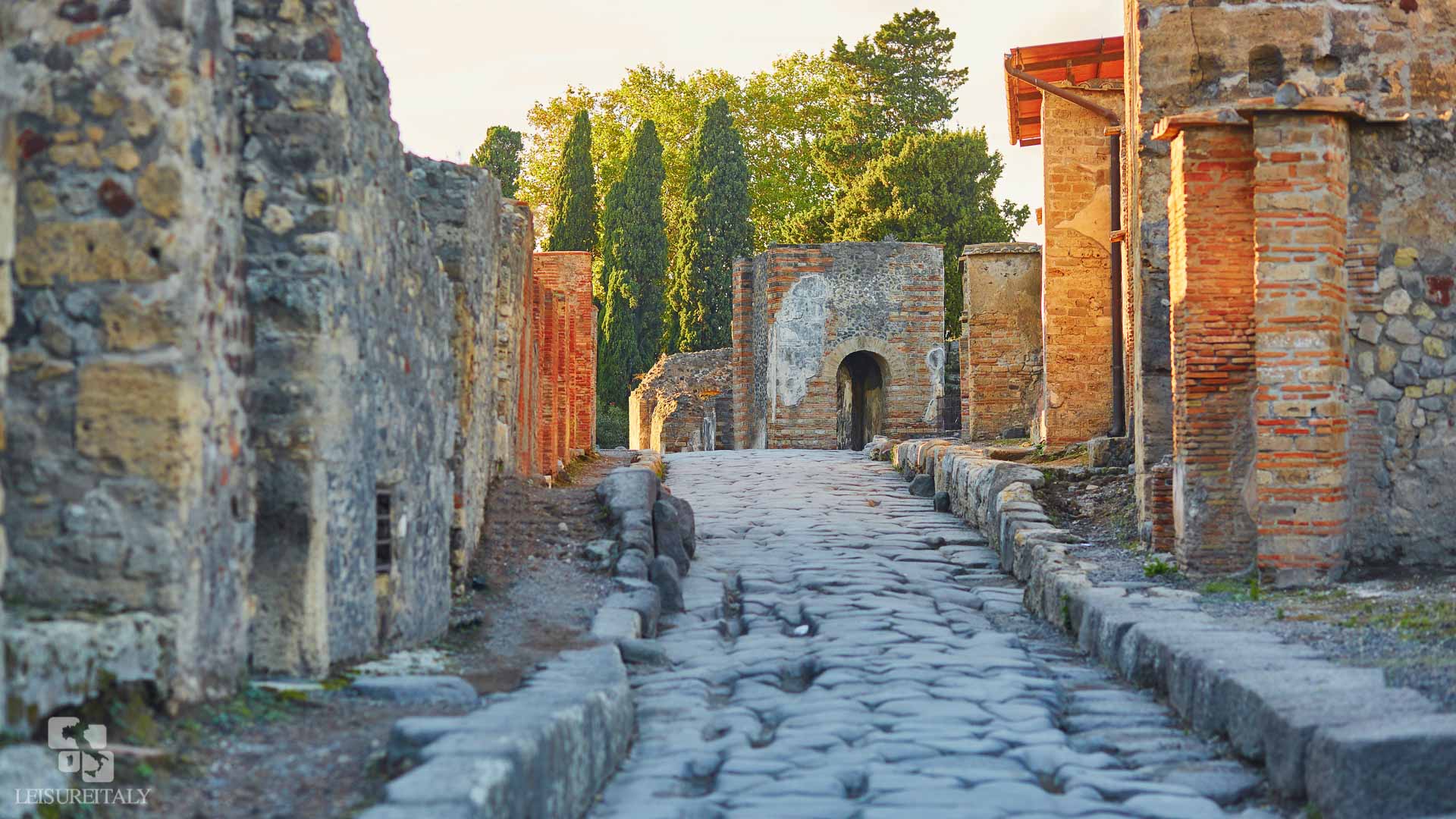
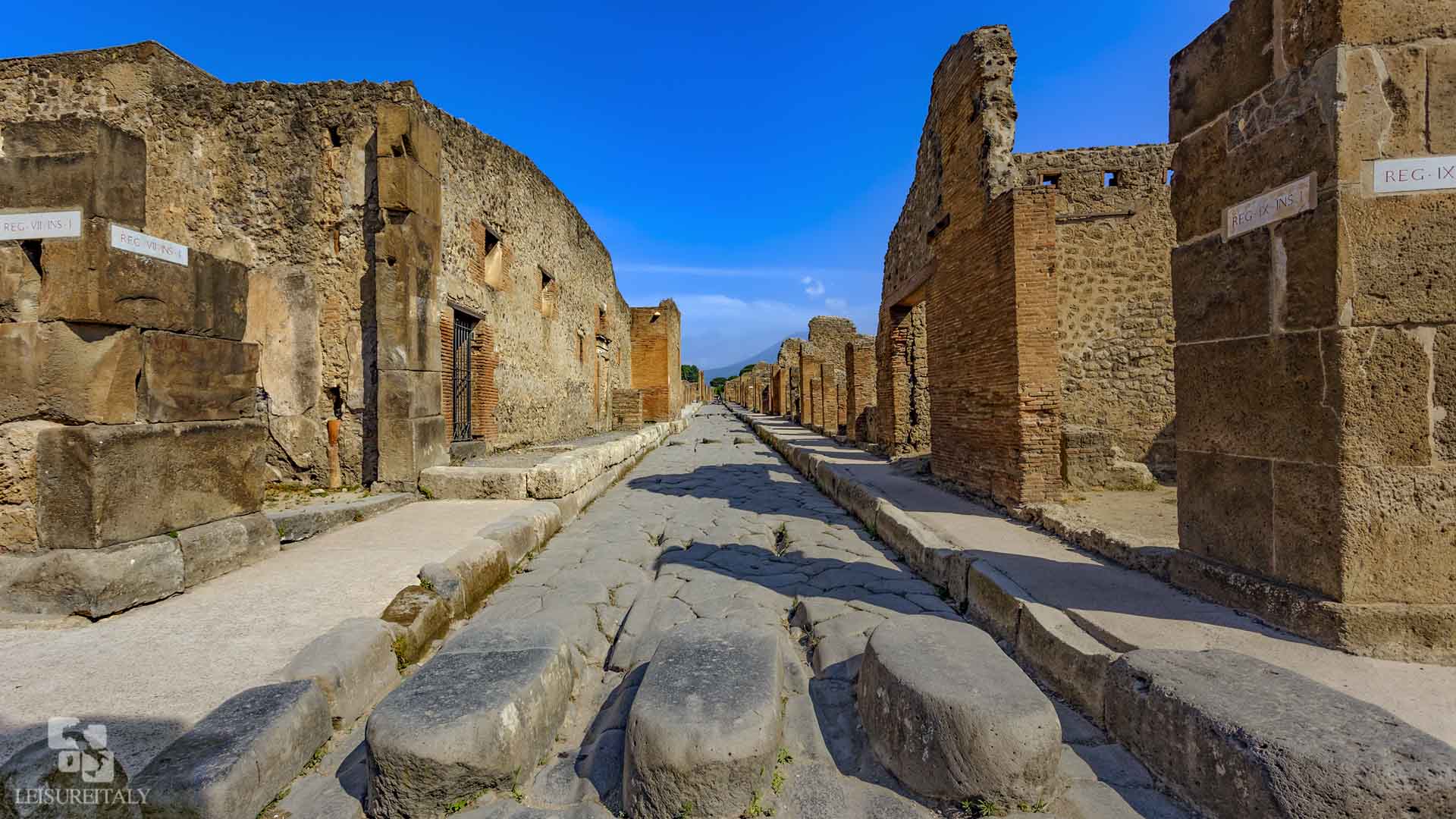
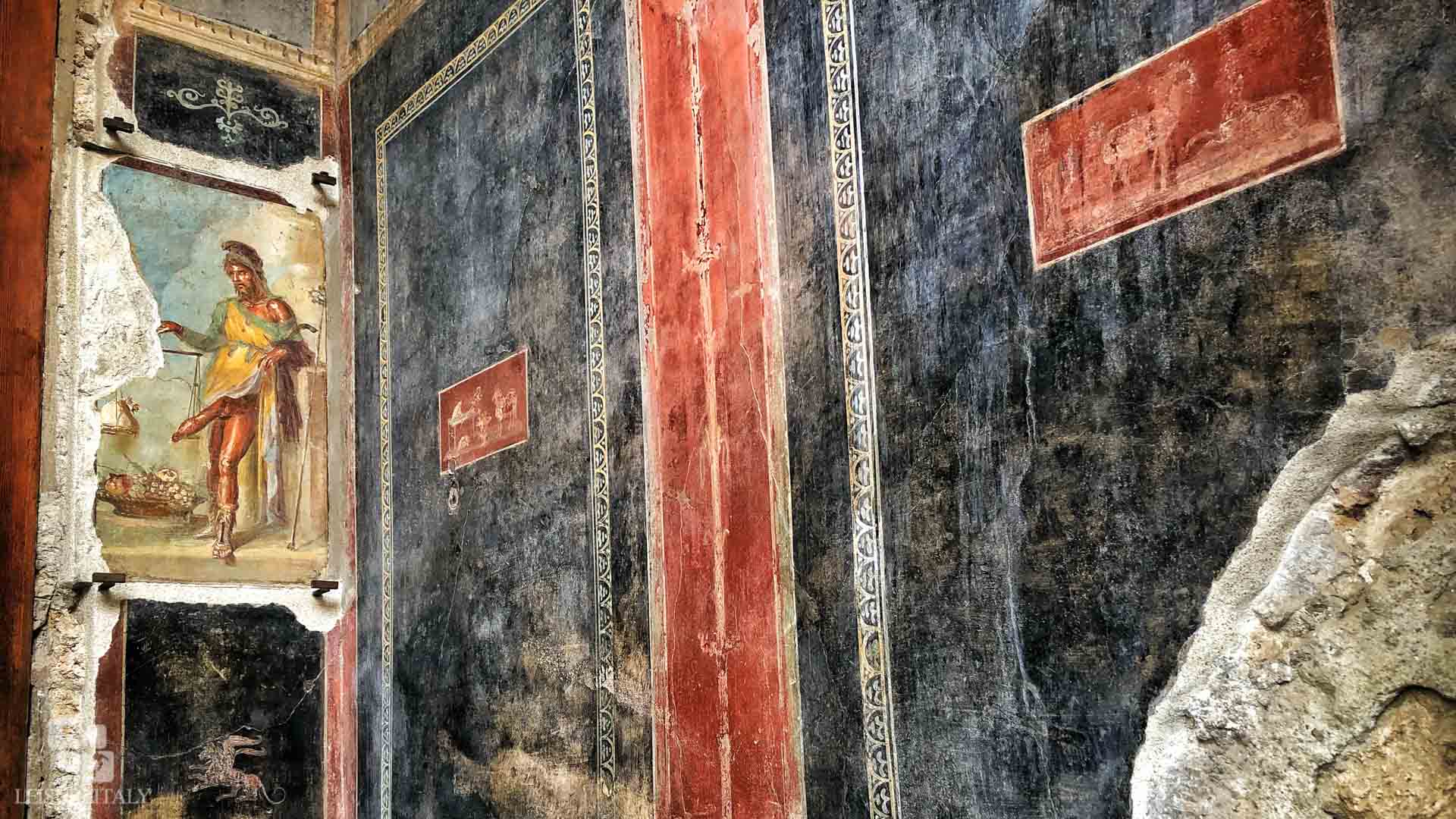
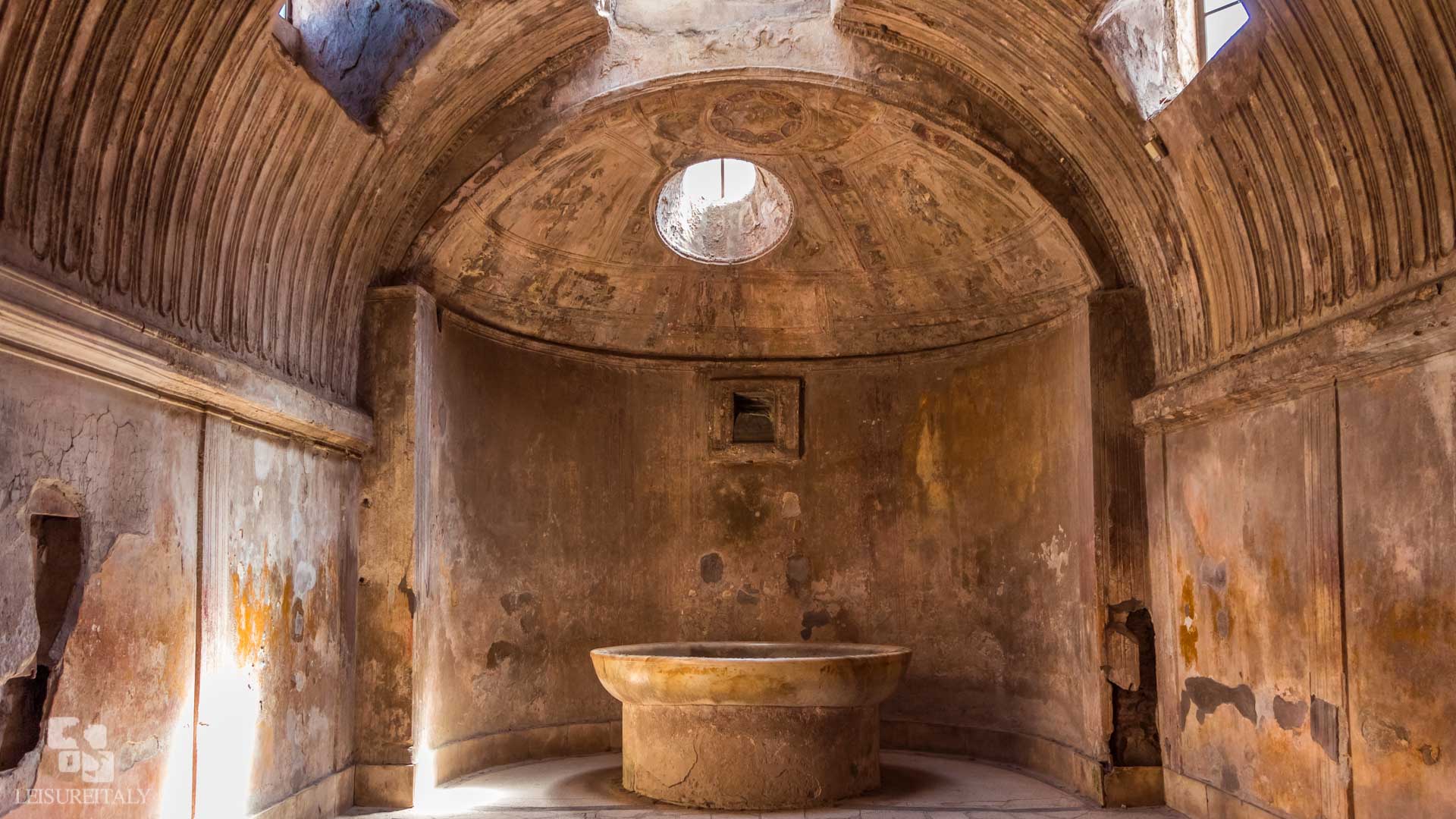
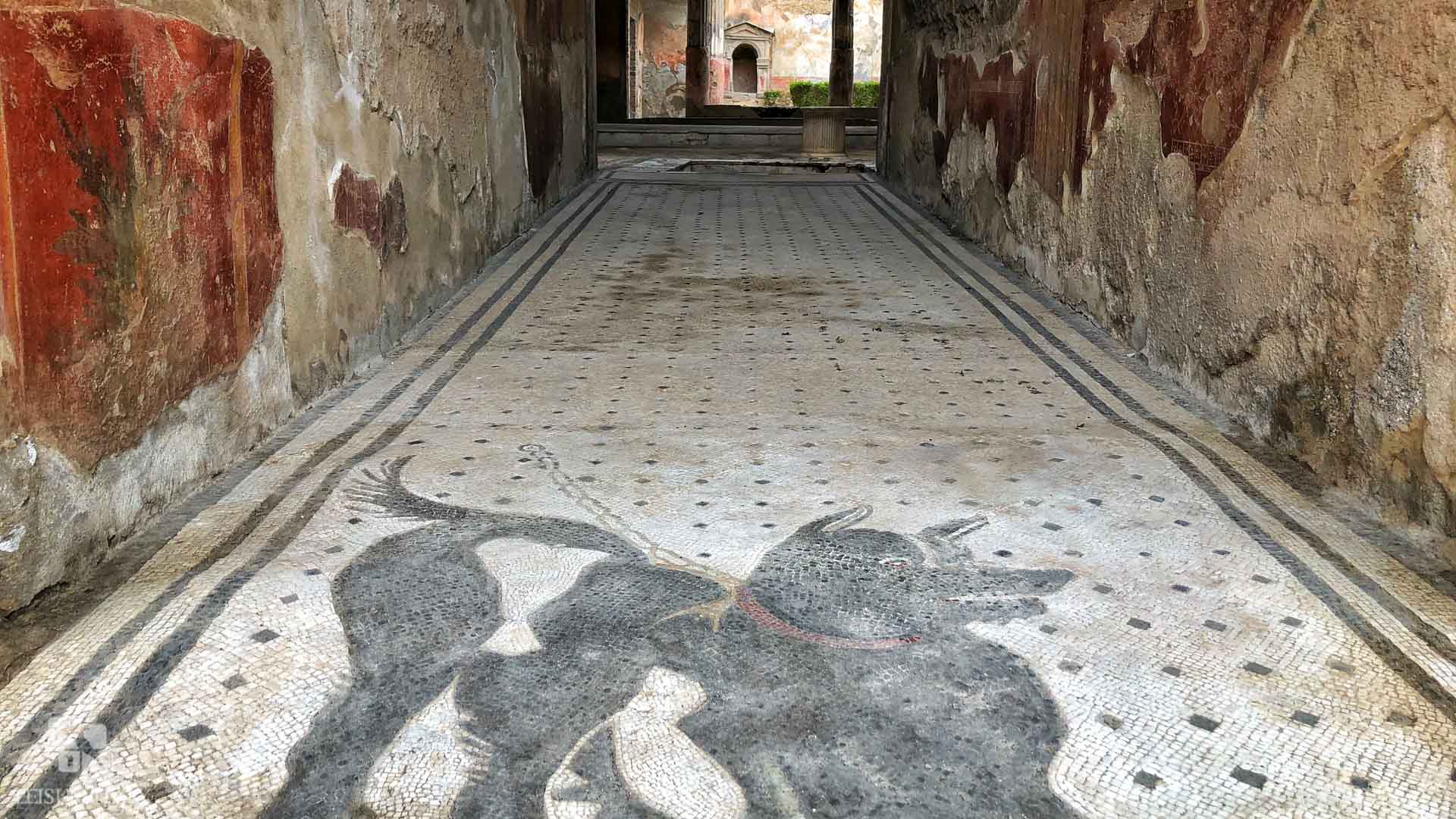
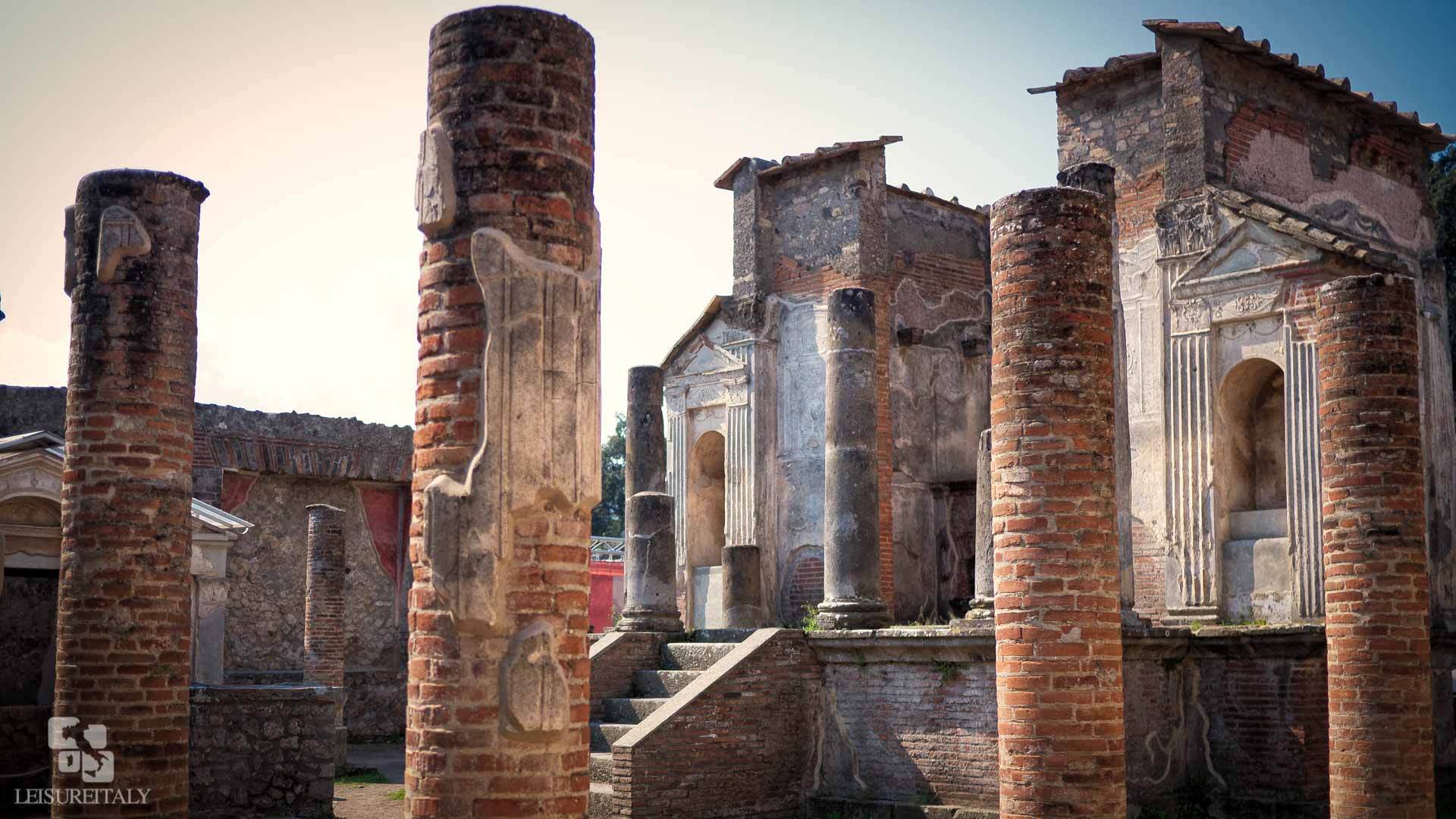
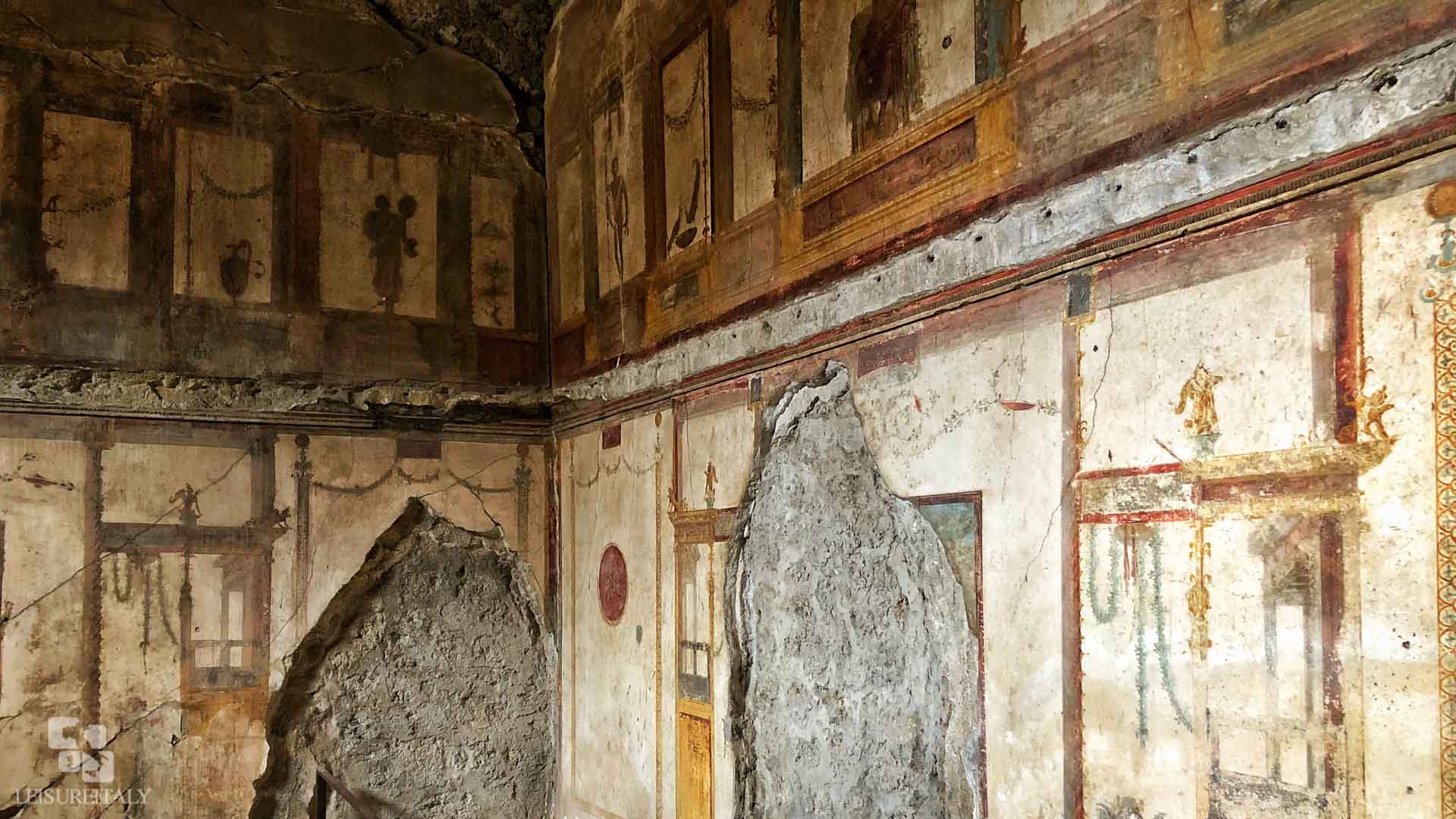
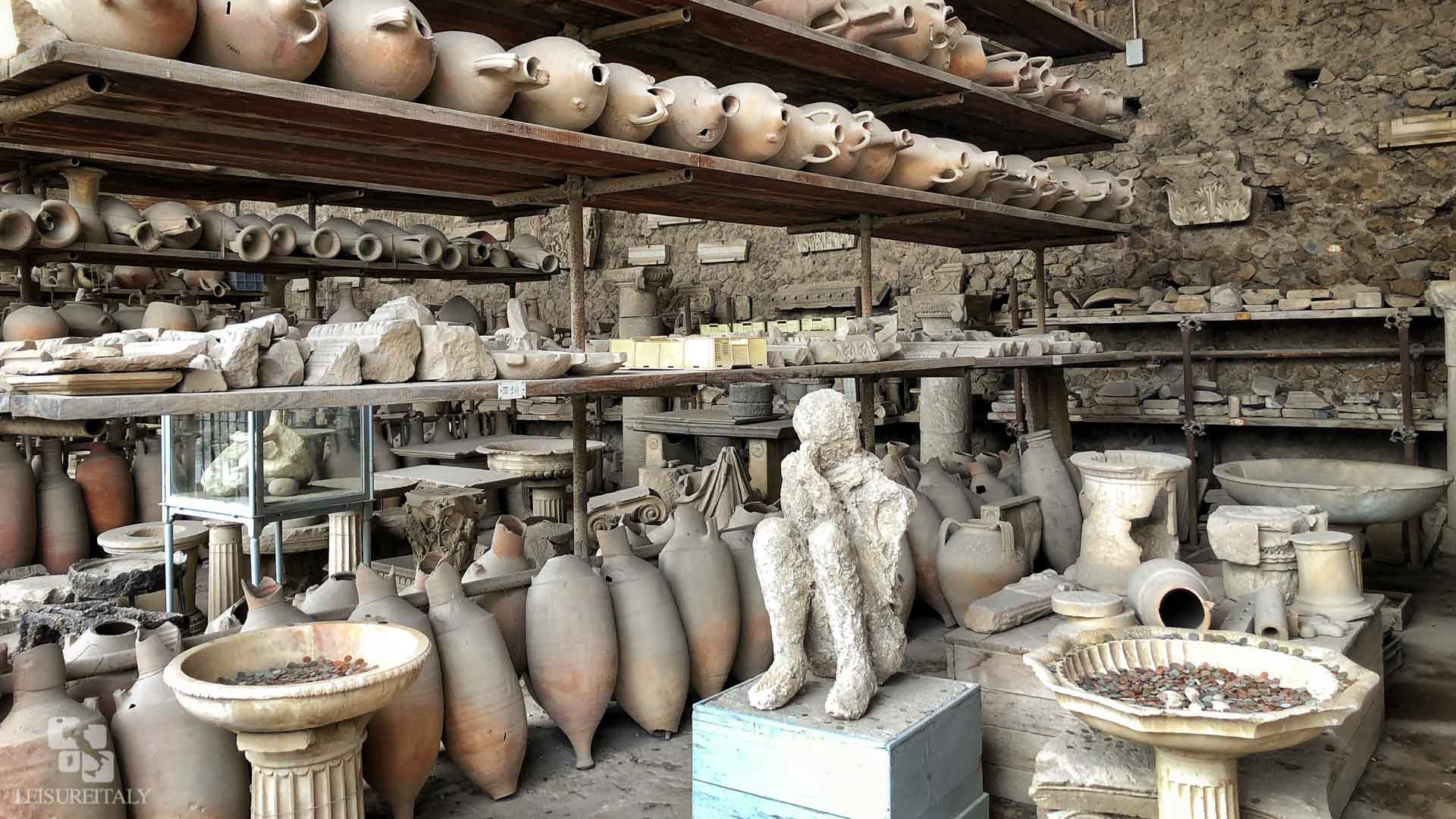
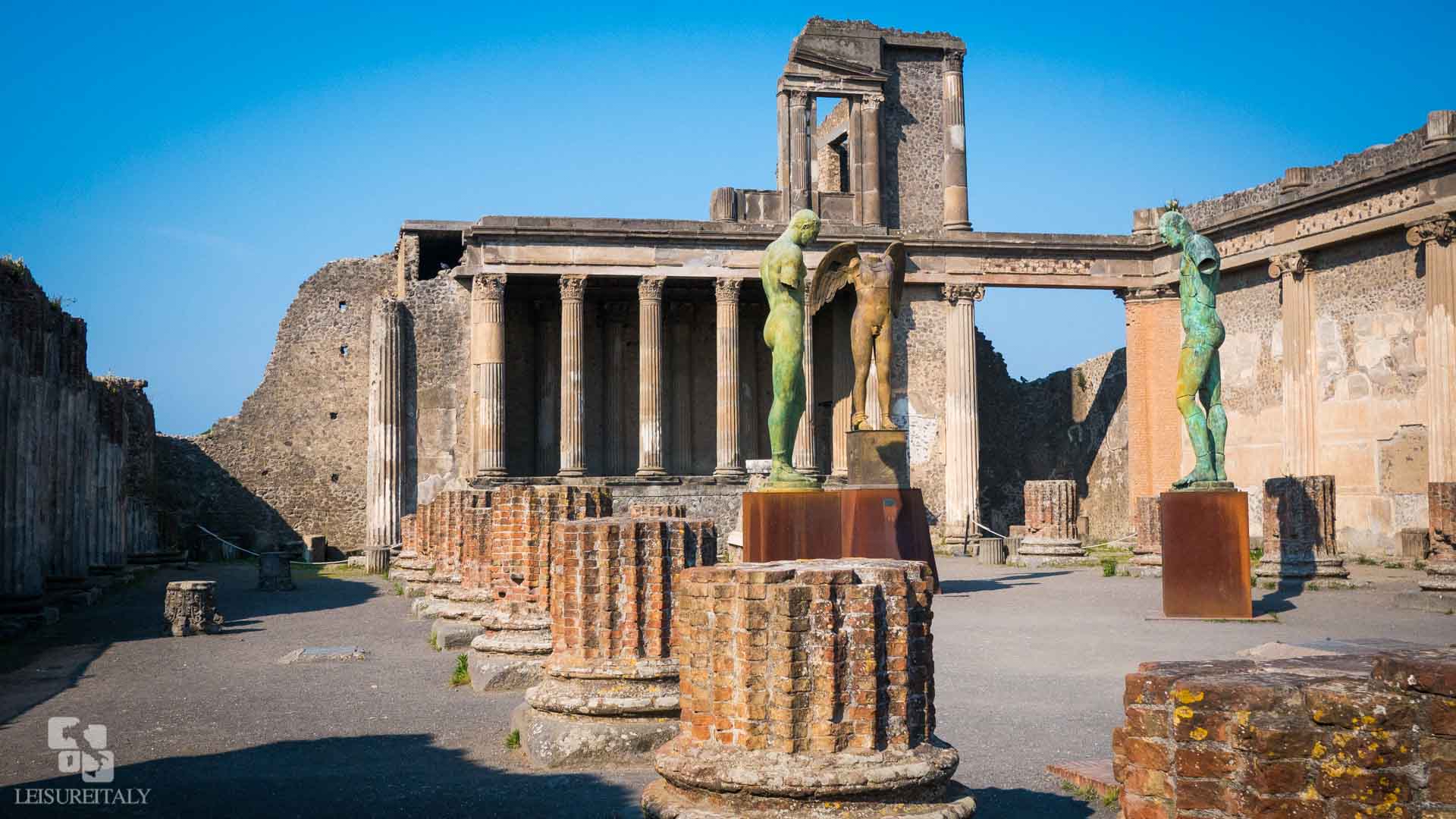
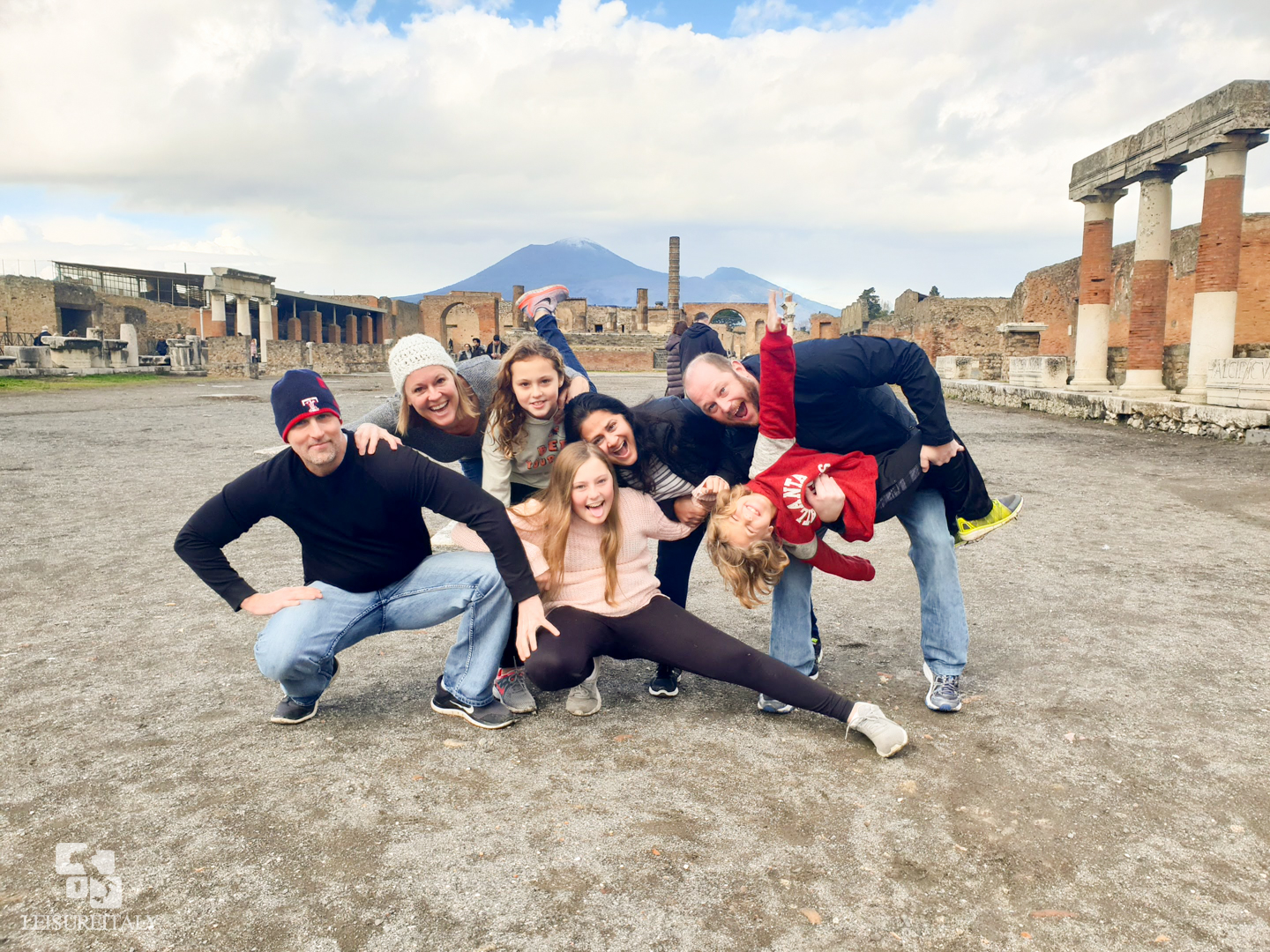
Tour Reviews
Fabrizio Belleni gave us a wonderful 2hr+ tour today that really brought Pompeii alive for us & our children. His tour meant we got so much more out of our afternoon than if we had just gone ourselves with a map. His knowledge & friendly professionalism were invaluable – this tour was an absolute highlight of our holiday & we’d thoroughly recommend it.
We booked a two hour private tour of Pompeii with our family of four (Mum Dad and two teenagers). Unexpectedly Fabrizio was waiting at the Pompeii Scavi station holding a sign with our name – he had worked out what train we would be on from our correspondence! We had arrived early so his meeting us at the station meant we could start our tour earlier than arranged which was excellent as it was expected to rain later in the day.That was going above and beyond what we expected. Fabrizio has an incredible depth of knowledge which he generously shared with us on our 2 hour tour. We were captivated by his commentary and the areas that he showed us. He also ensured that we saw as much as possible of the site during our tour. He also made some helpful suggestions for other sites we could visit during our stay. We enjoyed our tour very much, which was one of the highlights of our holiday in Italy . I would highly recommend Fabrizio of Leisure Italy tours to any one visiting Naples/ Sorrento/ Pompeii/Herculaneum and will definitely contact him again if we visit in the future.